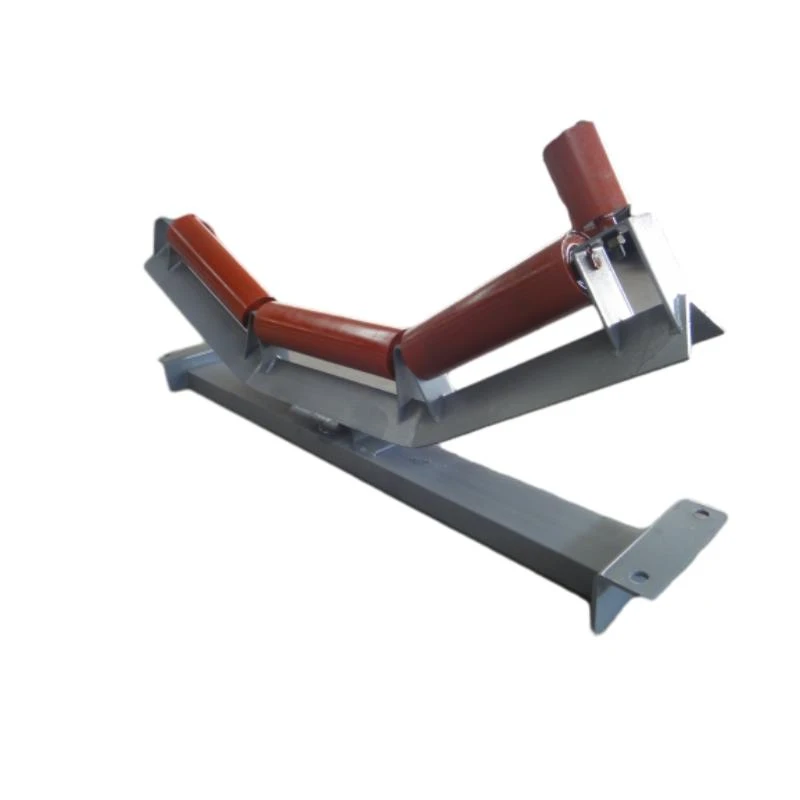 Afrikaans
Afrikaans  Albanian
Albanian  Amharic
Amharic  Arabic
Arabic  Armenian
Armenian  Azerbaijani
Azerbaijani  Basque
Basque  Belarusian
Belarusian  Bengali
Bengali  Bosnian
Bosnian  Bulgarian
Bulgarian  Catalan
Catalan  Cebuano
Cebuano  Corsican
Corsican  Croatian
Croatian  Czech
Czech  Danish
Danish  Dutch
Dutch  English
English  Esperanto
Esperanto  Estonian
Estonian  Finnish
Finnish  French
French  Frisian
Frisian  Galician
Galician  Georgian
Georgian  German
German  Greek
Greek  Gujarati
Gujarati  Haitian Creole
Haitian Creole  hausa
hausa  hawaiian
hawaiian  Hebrew
Hebrew  Hindi
Hindi  Miao
Miao  Hungarian
Hungarian  Icelandic
Icelandic  igbo
igbo  Indonesian
Indonesian  irish
irish  Italian
Italian  Japanese
Japanese  Javanese
Javanese  Kannada
Kannada  kazakh
kazakh  Khmer
Khmer  Rwandese
Rwandese  Korean
Korean  Kurdish
Kurdish  Kyrgyz
Kyrgyz  Lao
Lao  Latin
Latin  Latvian
Latvian  Lithuanian
Lithuanian  Luxembourgish
Luxembourgish  Macedonian
Macedonian  Malgashi
Malgashi  Malay
Malay  Malayalam
Malayalam  Maltese
Maltese  Maori
Maori  Marathi
Marathi  Mongolian
Mongolian  Myanmar
Myanmar  Nepali
Nepali  Norwegian
Norwegian  Norwegian
Norwegian  Occitan
Occitan  Pashto
Pashto  Persian
Persian  Polish
Polish  Portuguese
Portuguese  Punjabi
Punjabi  Romanian
Romanian  Russian
Russian  Samoan
Samoan  Scottish Gaelic
Scottish Gaelic  Serbian
Serbian  Sesotho
Sesotho  Shona
Shona  Sindhi
Sindhi  Sinhala
Sinhala  Slovak
Slovak  Slovenian
Slovenian  Somali
Somali  Spanish
Spanish  Sundanese
Sundanese  Swahili
Swahili  Swedish
Swedish  Tagalog
Tagalog  Tajik
Tajik  Tamil
Tamil  Tatar
Tatar  Telugu
Telugu  Thai
Thai  Turkish
Turkish  Turkmen
Turkmen  Ukrainian
Ukrainian  Urdu
Urdu  Uighur
Uighur  Uzbek
Uzbek  Vietnamese
Vietnamese  Welsh
Welsh  Bantu
Bantu  Yiddish
Yiddish  Yoruba
Yoruba  Zulu
Zulu types of pulley in conveyor
Types of Pulleys in Conveyor Systems
Conveyor systems are an integral part of modern manufacturing and logistics, facilitating the efficient movement of materials and goods. One of the key components that play a critical role in the operation of these systems is the pulley. Pulleys are mechanical devices that assist in lifting and moving loads by changing the direction of the force applied. In conveyor systems, they are used to drive the belts, support the weight of the load, and enhance the overall efficiency of the operation. This article will explore the various types of pulleys used in conveyor systems, their functions, and their advantages.
1. Drive Pulleys
Drive pulleys, also known as head pulleys, are typically located at the discharge end of the conveyor system. Their primary role is to drive the conveyor belt, providing the necessary traction to move the belt forward. The drive pulley is often powered by an electric motor through a belt, chain, or direct coupling. The surface of the drive pulley is usually grooved or ridged to ensure maximum grip on the conveyor belt, reducing slippage and enhancing efficiency.
Drive pulleys come in different variations, including crowned pulleys, which have a slightly raised center to help keep the belt aligned, and lagged pulleys, which have a rubber or ceramic coating to improve friction and grip.
2. Tail Pulleys
Tail pulleys are located at the opposite end of the drive pulley, serving as support for the conveyor belt. Their main function is to return the belt to the drive pulley after it has passed through the loading and unloading zones. This ensures a continuous loop of movement for the conveyor system. Tail pulleys can also assist in maintaining tension in the conveyor belt, which is crucial for preventing slippage and ensuring smooth operation.
Depending on the specific application, tail pulleys can be designed to be adjustable to allow for the proper tensioning of the belt.
3
. Snub Pulleystypes of pulley in conveyor

Snub pulleys are used to increase the contact area between the drive pulley and the conveyor belt, enhancing friction and improving the overall efficiency of the system. They are located between the drive pulley and the main section of the conveyor system. By placing a snub pulley strategically, operators can improve the belt’s traction on the drive pulley, which can lead to better performance, especially in high-load applications.
Snub pulleys also play a role in adjusting the alignment of the belt. If the belt begins to veer off course, snub pulleys can be employed to guide it back into alignment.
4. Return Pulleys
Return pulleys are positioned on the lower part of the conveyor system, where the belt travels back to the drive pulley. Their primary role is to support the returning section of the belt, allowing it to move smoothly without sagging or binding. Return pulleys can be either plain or rubber-coated; rubber-coated return pulleys are usually designed to minimize wear on the belt and improve longevity.
5. Impact Pulleys
Impact pulleys are used in applications where the conveyor belt is subjected to heavy loads or impact forces, such as in bulk material handling. These pulleys have a special design that absorbs impact forces and reduces belt wear. They are often equipped with rubber impact bars that cushion the load and prevent damage to both the belt and the pulley.
By effectively distributing the load, impact pulleys contribute to the elongation of the conveyor's lifespan and reducing maintenance costs.
Conclusion
In conclusion, various types of pulleys play a crucial role in the efficiency and effectiveness of conveyor systems. From driving the belt to supporting the return loop and absorbing impacts, each pulley type has a specific function that contributes to the overall operation of the conveyor. Understanding these different types of pulleys and their applications can help engineers and operators design and maintain more efficient conveyor systems, optimize material handling processes, and reduce operational costs. As technology continues to evolve, we can expect advancements in pulley design and materials that will further enhance the capabilities of conveyor systems in diverse industries.
-
Revolutionizing Conveyor Reliability with Advanced Rubber Lagging PulleysNewsJul.22,2025
-
Powering Precision and Durability with Expert Manufacturers of Conveyor ComponentsNewsJul.22,2025
-
Optimizing Conveyor Systems with Advanced Conveyor AccessoriesNewsJul.22,2025
-
Maximize Conveyor Efficiency with Quality Conveyor Idler PulleysNewsJul.22,2025
-
Future-Proof Your Conveyor System with High-Performance Polyurethane RollerNewsJul.22,2025
-
Driving Efficiency Forward with Quality Idlers and RollersNewsJul.22,2025





























